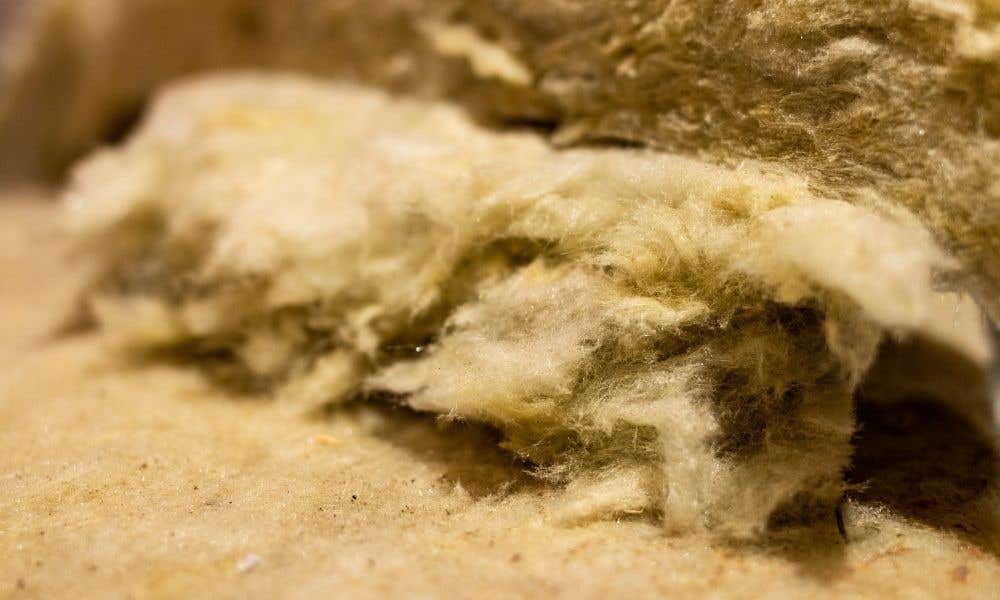Rockwool has become a rock star in the hydroponic gardening industry for businesses and hobbyists alike. Its porous, lightweight, and sterile nature allows plants to grow with their roots unhindered. Rockwool is an excellent tool for hydroponic gardeners of any experience level and is easy to work with. Before you buy some for your own hydroponic garden, it’s important to answer the questions: what is rockwool for plants and what is it made of?
What Is Rockwool?
Originally, rockwool wasn’t intended to be used in a garden at all! Originally, its intended use was as a fireproof and soundproof insulation material for homes. Because rockwool is made from molten rock that has been melted and spun into fibers, it’s highly flame resistant. Manufacturers create rockwool from basaltic rock and sell it in slabs. Due to the heat of manufacturing, rockwool prevents the growth of any bacteria which provides you with a completely sterile, aerated grow medium.
As a grow medium, rockwool soaks up all the nutrients and water that you put into it to hydrate your plants’ roots, then dries out before the roots become oversaturated. The quick drying material prevents disease and mold growth so long as you don’t overwater it.
Rockwool growing medium is one of the easiest to work with, especially with FloraFlex’s perfectly sized cubes for your hydroponic growing containers. When using rockwool grow cubes, remember to soak it in a pH balancing solution with your nutrients before removing the wrapper and inserting it into your container.
Precautions To Take With Rockwool
Because rockwool is an inorganic, manufactured product created from volcanic rock, it’s essential to consider proper care and safety measures before you start growing with it. The dust created by the shifting or cutting of rockwool is especially harmful to the human body. Wearing gloves, goggles, and a facemask can prevent the basaltic dust from getting in your eyes and mouth.
It’s also important to remember that rockwool isn’t bio-degradable like many other grow mediums. If you throw old rockwool away, it won’t disintegrate in a landfill for a long time. This doesn’t mean it’s impossible to dispose of, however. If you’ve reused your rockwool until the end of its lifespan, you can chop or grind it into smaller pieces and compost them in an outdoor garden. The benefits of rockwool will still apply to the roots of your plants that grow in soil or mulch, aerating the roots and soaking up moisture for them to drink.
Gardening with rockwool for plants, knowing what it is, and what it is made of will enhance your hydroponic gardening experience with one of the best types of growing mediums. Try it out in your garden today with the highest quality hydroponic fertilizer and supplies from FloraFlex.
















